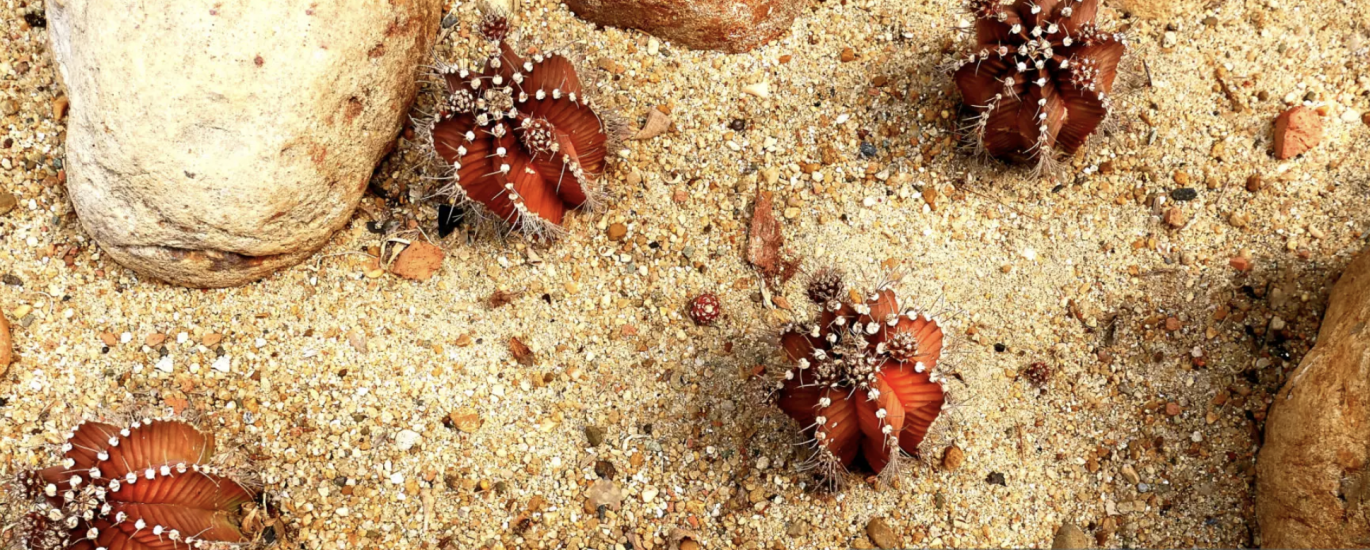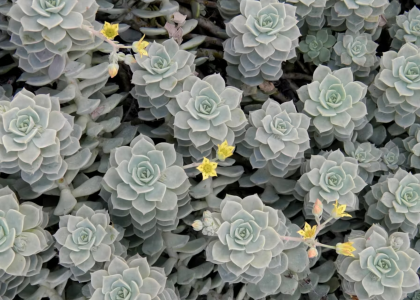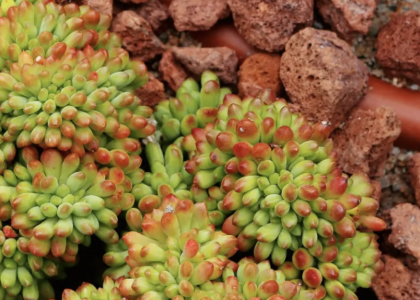Cactus That Grows on Rocks? Discover Lithophytic Magic!
Redefining Resilience, Beauty, and Connection in Your Garden
Introduction: Beyond the Desert, Into the Cracks
When you think of cacti, do endless deserts come to mind? Most people don’t realize that some of the most resilient, visually fascinating, and sustainable cactus species don’t thrive in sand—but in cracks of rock, clinging to cliffs, boulders, or canyon walls.
Welcome to the world of lithophytic cacti—a category of plants that grow on rocks rather than in traditional soil. These botanical wonders are tough yet elegant, making them a sustainable and aesthetic choice for modern gardens and balcony setups.
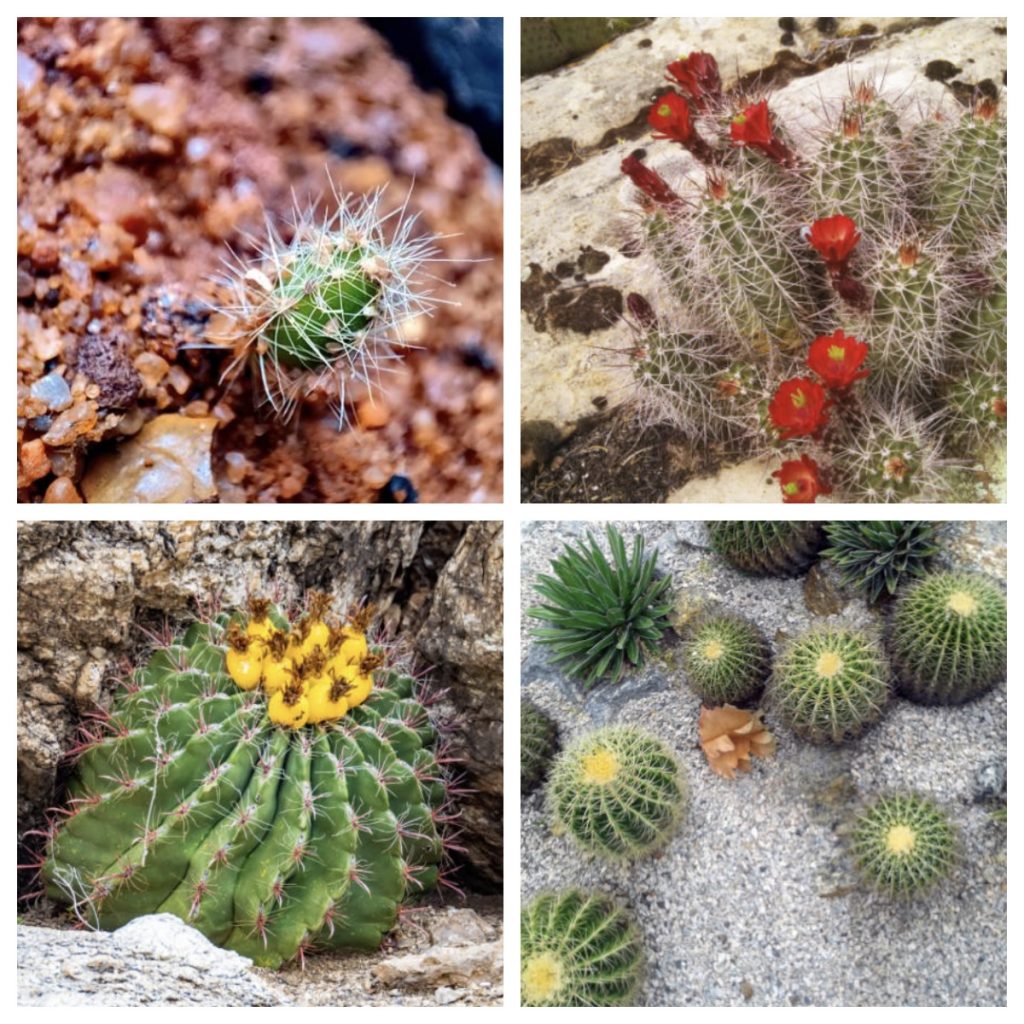
What Are Lithophytic Cacti?
Lithophytic (from Greek “lithos” = rock) cacti are species that naturally root in crevices of stone, drawing nutrients from minimal organic matter, moss, or lichen.
Notable Characteristics:
- Compact growth habit, perfect for pots and rock gardens
- Shallow but tenacious root systems
- Ideal for vertical gardening, stone walls, or urban micro-gardens
- Excellent candidates for water-wise & climate-resilient gardening
Featured Lithophytic Cactus Varieties
1. Parodia magnifica
- Why it rocks: Globe-shaped body with radiant yellow blooms
- Best for: Sunny rock gardens and container arrangements
- Visual Tip: Pairs well with slate or gravel for texture contrast
2. Mammillaria gracilis fragilis (Thimble Cactus)
- Why it rocks: Forms dense clumps with white fuzz and tiny pink flowers
- Propagation Perk: Offsets easily—perfect for gifting or sharing
- Caution: Fragile stems need gentle handling
3. Echinopsis chamaecereus (Peanut Cactus)
- Why it rocks: Creeping habit ideal for spilling over rock ledges or pots
- Bloom Feature: Brilliant orange-red flowers in spring
- Fun Fact: Hybridizes beautifully with other Echinopsis

Sustainable Gardening with Rock Cacti
In the face of climate change and urban water restrictions, lithophytic cacti offer a low-water, low-waste, high-reward solution.
Eco-Friendly Aspects:
- Thrive with minimal substrate and water
- Compatible with recycled concrete planters or urban stone walls
- Attract pollinators with spring/summer blooms
- Require little fertilizer—microbe-rich moss or worm castings suffice
Rock Cacti Propagation:
While many guides stop at offsets or seeds, here’s the complete propagation toolkit for lithophytic cacti:
- Offsets: Best removed in spring. Use a sterilized blade. Allow to callous for 3–4 days.
- Stem Cuttings: Especially effective in species like Peanut Cactus. Dry for a week before planting.
- Rock-Slab Rooting: Try rooting small cuttings directly onto a porous rock (like tufa or lava stone) for a naturalistic display. Mist gently until roots form.
- Clay Mounting Method: Mix clay, pumice, and moss, press into rock crevices, and insert cuttings.
Aesthetic Integration: Rock Cactus Design Ideas
- Mini rock wall displays near entrances
- Vertical “living stones” gallery using cement tiles
- Balcony corner bowls with multiple varieties
- Combine with air plants and mini ferns for contrast
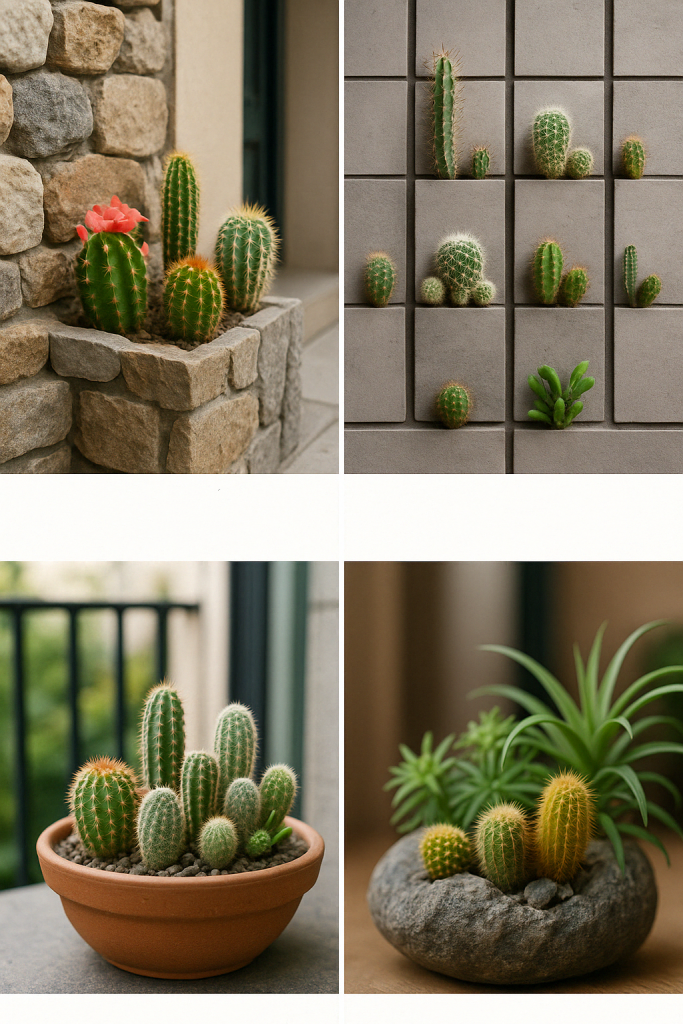
Community Corner: Join the Conversation
Poll: Have you ever tried growing plants on rocks?
Thread: Share your creative rock garden setups in the comments below!
Challenge: Post your best #RockCactus moment on Instagram and tag us @GreenmuseGarden
Final Thoughts
Lithophytic cacti remind us that resilience and elegance can thrive in the most unexpected places. Whether you're a sustainability-driven gardener or simply someone craving something a little different—these rock-dwelling beauties offer a new way to connect with the natural world, even in the smallest of spaces.

